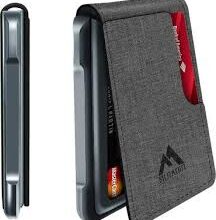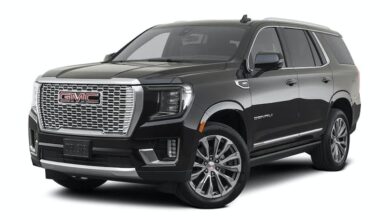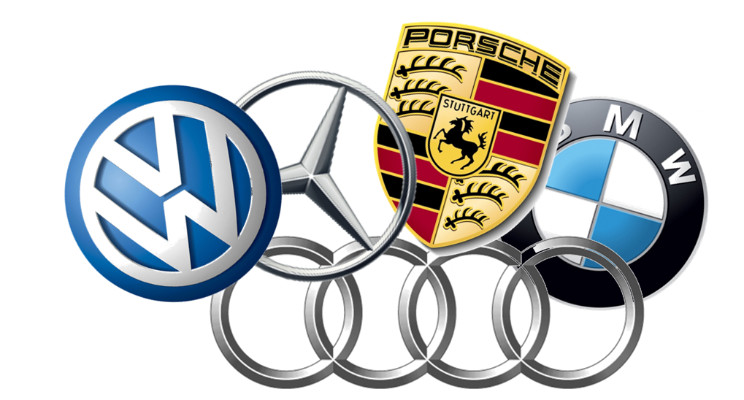
Ten Best Ever Cars Produced in Germany
Germany is among the world’s leading auto-producing countries. It consequently has an excellent back catalog of all different kinds of cars. Here, we’ve selected the greatest Germany has to offer, both past and present, and we’ve sorted them alphabetically:
Alpina B3
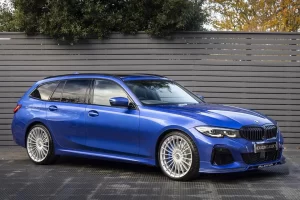
Every model of the BMW 3 Series has an Alpina B3, with the tuning company adding more than a dash of extra performance. Since the introduction of the B3 2.7, which was based on the E30 3 Series, these customized cars have provided a speedy and unobtrusive substitute for BMW’s M3 vehicles.
Because Alpina can enhance the 3 Series when BMW cannot, it has frequently gained favor with consumers. Alpina would be more than pleased to construct a B3 Touring for anyone who was frustrated that there was no M3 Touring available.
Audi Quattro
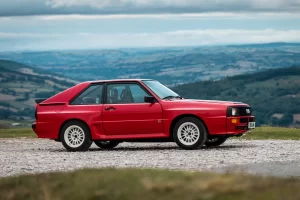
Audi’s entire contemporary brand has been built around this vehicle. The company’s ambition to go rallying gave rise to the Quattro all-wheel drive system’s mystique as well as its moniker. The military vehicle served as the inspiration for the four-wheel drive configuration, which was quickly improved upon to become a world-beater both on the road and on stage.
Long after it was scheduled to be phased out, the Quattro 20v was kept in production until 1991, thanks to demand from UK consumers. It’s regarded as the best to drive as well.
Audi R8

Similar to the first TT, Audi transformed the R8 from a concept vehicle into a vehicle that could be bought. The Le Mans concept served as its inspiration, with the road car’s appearance little altered. Due to its striking appearance, Audi is now directly competing with the Porsche 911 for the title of most practical supercar. The initial 4.2-liter V8 was and is incredibly pleasant to live with, and it has handling that even very average drivers can appreciate.
The engine of the Lamborghini Gallardo and Huracan is shared by the R8 V10. In 2015, Audi also produced fewer than 100 of the R8 e-tron all-electric version during its brief availability.
Audi TT
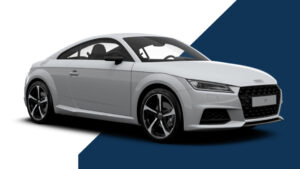
The first Audi TT was a car that outperformed competitors from BMW, Mercedes, and Porsche in terms of style, therefore it didn’t matter that it was built on the modest Mk4 Volkswagen Golf chassis. When the first TT coupe debuted on the market in late 1998, there were significant waiting lines. Buyer enthusiasm was unfazed even by a recall for the optional rear spoiler, which addressed a possible high-speed instability issue.
For the 180-horsepower model, four-wheel drive was an option, but it was standard for the 225 horsepower cars. The first TT became valuable in 2003, and although a 3.2-liter V6 was available, the 225 Coupe is the one to own.
Bitter SC
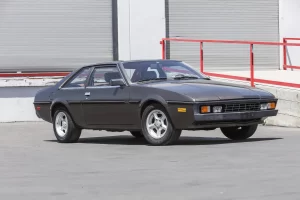
In 1969, Erich Bitter founded his business to provide custom automobiles built on Opel chassis and running gear. With the elegant SC, available in saloon, coupe, and convertible configurations, the company truly found its footing. The 180-horsepower Opel 3.0-liter engine was a little lackluster at first, but a tuned 3.5-liter unit with 210 horsepower fixed this and allowed it to reach 140 mph and 0-62 mph in 7.6 seconds.
Between 1979 and 1989, sales of the SC were sporadic; 458 of them were produced, some of which even had a Ferguson four-wheel drive system installed.
BMW2002
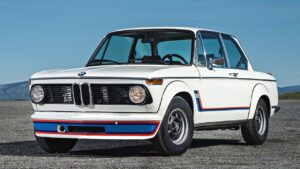
The world was first exposed to tiny BMW saloons with the 1502 and 1602, but 2002 was the model that established the standard for subsequent models, most notably the 3 Series. With its 2.0-liter engine producing 100 horsepower, the 2002 could reach over 100 mph at its fastest, whereas most of its competitors could barely reach 90 mph.
Then BMW debuted the 2002 Tii, which had fuel injection, 130 horsepower, and 120 mph. Then, the extremely uncommon Turbo, with its potent 170 horsepower and eager handling, took the top spot.
BMW E30 M3
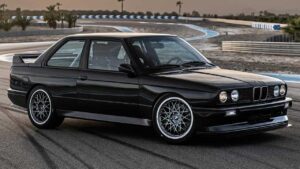
BMW’s original M3 was not simply among the greatest German automobiles; it also contributed to the 1980s’ identity as a decade. It had a low stance, blistered wheelarches, and a custom rear window angle that was entirely different from the regular 3 Series two-door variant. BMW had originally intended to qualify 5000 cars for the European Touring Car Championship, but demand ultimately forced them to settle on 17,184 E30 M3s.
With a 2.5-liter engine producing 238 horsepower, the Sport Evolution was the pinnacle of the E30 M3, and only 600 were produced.
The BMW 5 Series
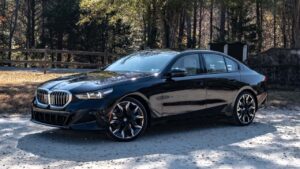
The four-cylinder E12 generation models of BMW’s venerable 5 Series were released in 1972, and the six-pot versions followed a year later. Nonetheless, the E39’s fourth generation is the undisputed 5 Series. From the entry-level 520i to the ultimate M5, the E39, which remained unbeaten in nearly all magazine comparison tests, offers something for every middle manager. Up to 250,000 E39s were produced annually, and sales reached nearly 1.5 million, making it a sales disaster for BMW.
Borgward Isabella
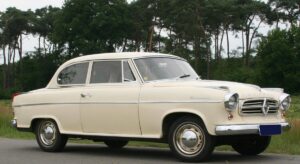
The Borgward Isabella was attractive, well-engineered, and a fun car to drive, making it Germany’s response to the Lancia Aurelia. Introduced in 1954, the 1.5-liter saloon Isabella, named for the wife of company founder Carl Borgward, came equipped with an aluminum cylinder head. A year later, the coupe and an extremely rare cabriolet joined it.
In a seven-year manufacturing period, Borgward sold 202,862 Isabellas, a rare breed outside of Germany.
Ford Capri
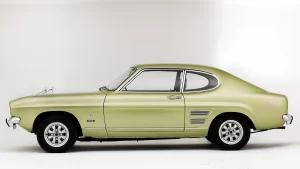
The Ford Capri, Europe’s response to the Mustang in the US, is an Anglo-German vehicle produced in Germany and the UK. Over three generations, it sold about 1.9 million copies, making it an enormous success. The Essex V6 engine, named after the county in the UK where it was born, powered the most potent early models; however, European consumers could also choose from a 2.0- or 2.3-liter Cologne V6 engine.
Ford then homologated the Capri for use in the European Touring Car Championship in 1971 by utilizing the German-built Cologne V6 as the foundation for the RS2600.
